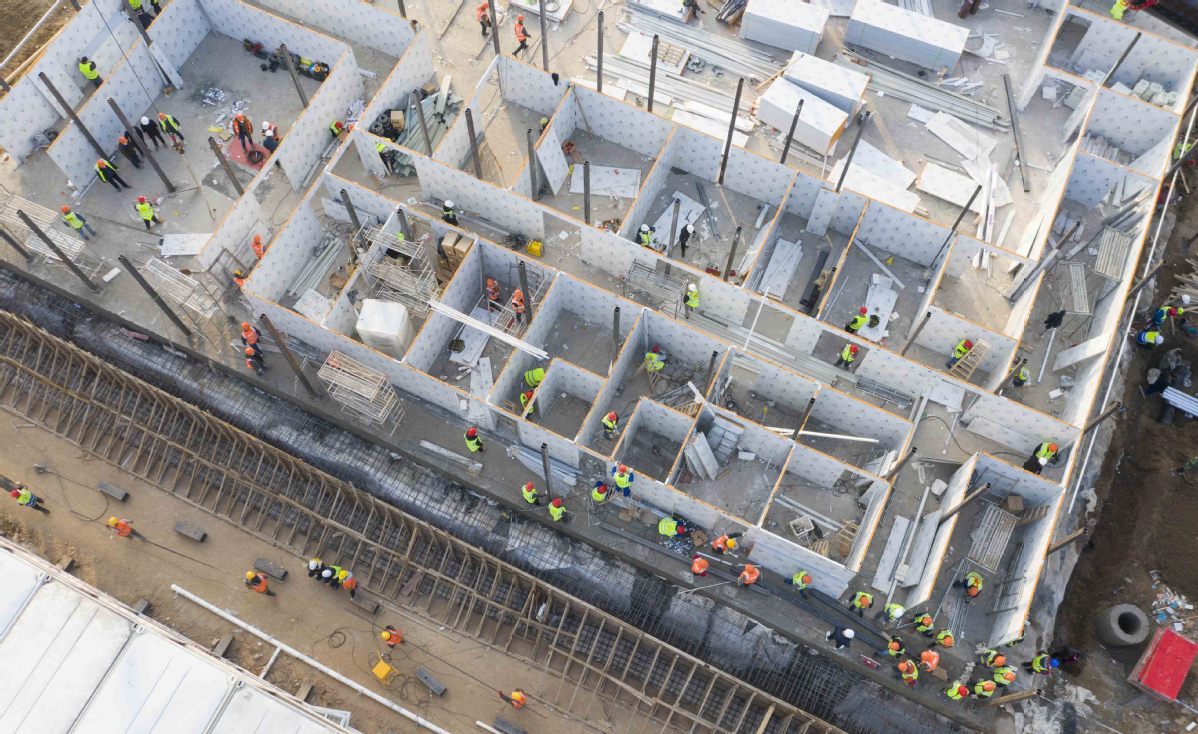Efficient measures key to containment


Resource allocation
For more than two months, Wuhan has been the core battlefield in fighting the outbreak in China, but it has not been doing so alone.
Unlike other areas of the country, which have witnessed far fewer COVID-19 cases, the city's healthcare system faced an excessive burden during the initial period of the outbreak.
Faced with this grim situation, the PLA Air Force began using its transport planes to send military medics and materials to Wuhan on Jan 24. Three aircraft carried 450 medical workers and supplies to the city before midnight that day-Lunar New Year's Eve.
More than 42,000 medical professionals from across the country went to Hubei to help their local peers battle the disease.
Meanwhile, the daily supply of protective medical gowns to Hubei rose from about 21,000 before Jan 27 to 270,000 at the peak on Feb 29, while the daily supply of N95 face masks had risen nearly eightfold by March 1, according to official data.
Jiao Yahui, an official responsible for medical administration and supervision at the National Health Commission, said medical teams from outside Hubei have played a crucial role.
She said that during the peak of the outbreak, the shortage of medical workers in Hubei reached about 10,000 a day as the number of patients rose rapidly. Due to the assistance of medical workers from outside Hubei, all patients received treatment, and the mortality rate in the province dropped significantly.
Wang Zhen, vice-president of Shanghai Mental Health Center, who led a medical team from the metropolis to aid Hubei, said that thanks to the country's rapid response system and mobilization ability, doctors and nurses from across the nation were sent to Hubei quickly.
"China does not have very prominent advantages in medical technologies, but it performed remarkably well in pooling medical resources for rescue efforts in the fight against the epidemic," he said.
Li Yiping, an economics professor at Renmin University of China in Beijing, said the central government can mobilize national resources quickly, such as marshaling enterprises to produce masks in large quantities and send them to hospitals and other places where they are urgently needed.
He said these efforts prevented speculation about medical materials, and ensured "scientific allocation" so that demand from frontline medical workers and the public for self-protection could be met.
In addition to medical resources, a coordination mechanism between Hubei and eight other regions-Shandong, Anhui, Jiangxi, Henan, Hunan and Yunnan provinces, Chongqing and Guangxi Zhuang autonomous region-was set up on Jan 23 to ensure daily necessities reached residents in Hubei.
By March 27, about 72,000 metric tons of daily supplies, such as vegetables, fruit and instant food, had been sent to the province to meet demand, according to official data.
























